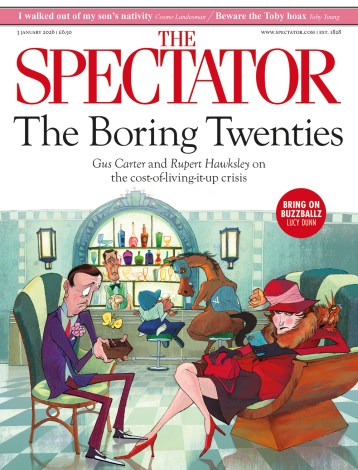The democratisation of cocaine
Love or loathe Danny Dyer, hard-man hooligan of Football Factory, EastEnders bod and breakout Rivals star, but he does talk sense. The kind of straight-up, geezer sense you can only get down the pub, a locale to which he is no stranger. In the promotional press for his latest film, Marching Powder, Dyer, when pressed on the not-so-euphemistic title of the film, had the following to say on cocaine: ‘I’ve got that social butterfly thing where I mix in both circles and believe me, everyone’s fucking at it […] it’s classless actually, that drug.’ To some of us, this may seem obvious. In my decade of active addiction, I obtained




















